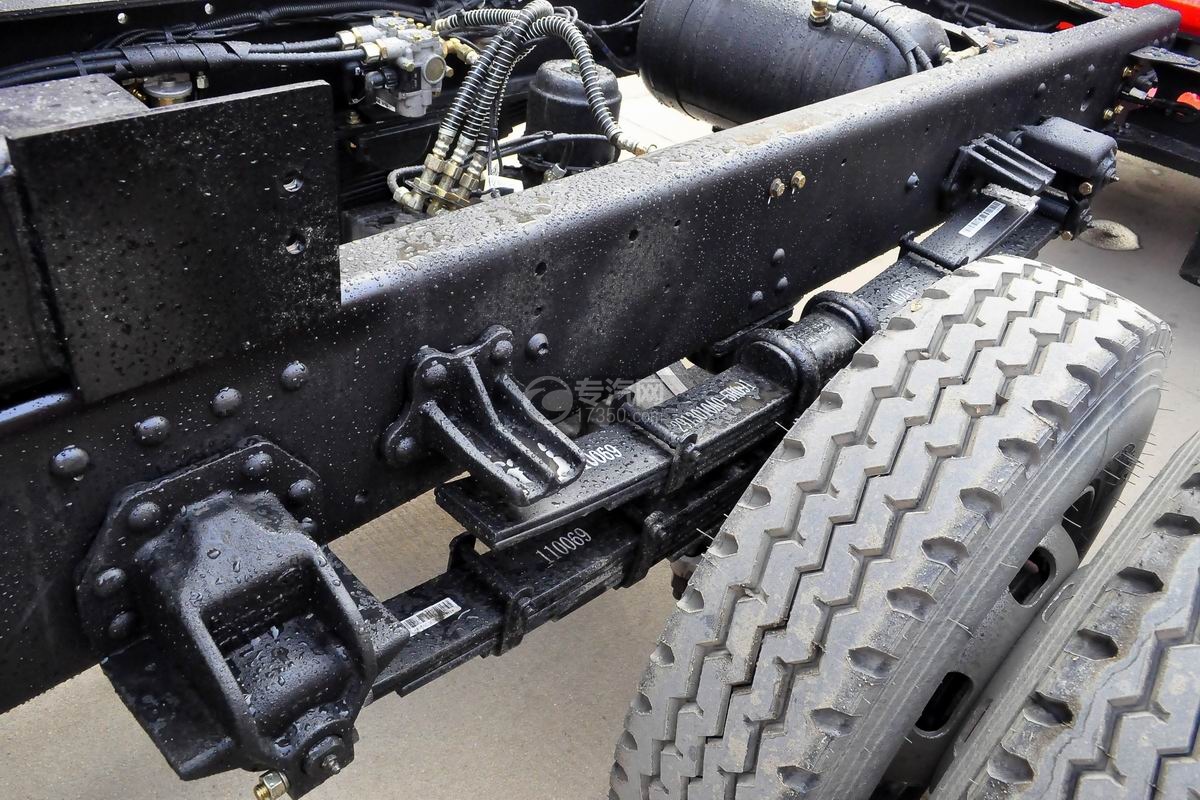Always replace your trailer springs in pairs for a balanced load. Choose your replacement by noting your axle capacity, the number of leaves on your existing springs and what type and size your springs are.
Axle Capacity
Most vehicle axles have the capacity rating listed on a sticker or plate, but you can also check in your owner’s manual. Some manufacturers may also have specific axle information available on their websites.
Number of Leaves
While you measure the spring, count how many leaves are on it. The more leaves it has, the more supported it is — but too many leaves will make your suspension too rigid. Leaf springs are typically mono-leaf, meaning they have only one leaf, or multi-leaf with clips between each layer. There should be no gaps between multi-leaf springs.
Spring Size and Type
Once you’ve removed your leaf spring, figure out what type you’re working with. Common types of trailer springs include:
Double eye springs with both eyes open
Slipper springs with an open eye on one end
Slipper springs with a radius end
Slipper springs with a flat end
Slipper springs with a hook end
In some cases, you might only need to replace the bushings if your springs are still intact and aren’t buckling, corroded or elongated.

TOOLS YOU WILL NEED
The tools you need depend on the reason you’re replacing your spring. If your current leaf spring is corroded or rusted, deteriorating or otherwise stuck in place, you may need a rust penetrant, a pry bar, a heat torch or a grinder to remove it from the mount.
Have the following items on hand:
New U-Bolts
A torque wrench
Sockets
An extendable ratchet
A breaker bar or pry bar
A jack and jack stand
A hammer
A grinder or wire wheel
A standard tape measure
A soft tape measure
Wheel blocks for your front wheels
Twist sockets
New bolts and nuts
Rust penetrant and sealant
Thread locker
Safety glasses
Safety gloves
A dust mask
Always wear personal protective gear while removing and replacing your leaf springs, especially when rust and dirt are present.

TIPS FOR REPLACING LEAF SPRINGS
Fortunately, replacing your leaf springs is easy once you have the correct replacement. Here are some tips to help you through the process:
While you should always install new U-bolts and fasteners, you can reuse the mounting plate if it’s still in good condition.
Use a torque wrench to tighten the U-bolts and check with the U-bolt manufacturer for specific torque measurements.
Keep a pry bar on hand to help remove challenging bolts.
Treat your trailer’s underside with rust removal and an anti-rust coating to protect it from future damage — wait 24 hours after treatment to resume spring replacement.
Use thread locker adhesive to help keep new bolts in place.
Post time: Jan-09-2024








